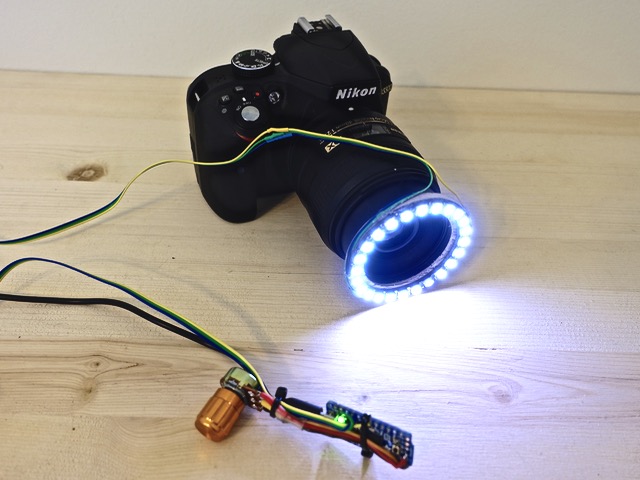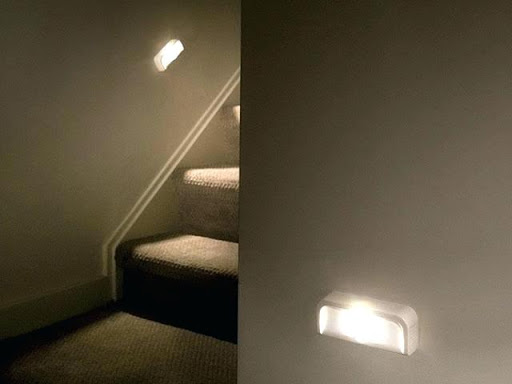When it concerns lights, you’re hearing these 3 letters over and over once more … you see it posted all over lighting web sites, as well as its beginning to bug you. It appears to be an amazing brand-new pattern … some sort of brand-new ingenious light … however you have no suggestion what it is. You want to recognize what everybody’s talking about- what’s popular?
LED’s – Light Releasing Diodes – Simply put, LED’s are diodes that …( huh?) hang on, I’ll discuss: a diode is the most basic sort of semiconductor tool. (what’s that?) wow, you’re impatient: A semi-conductor is a material with the capacity to perform electrical existing. Essentially, instead of emitting light from a vacuum cleaner (as in an incandescent bulb) or a gas (as in a CFL), LED emits light from a piece of solid matter, its semi-conductor. Mentioned really just, an LED generates light when electrons move within its semiconductor framework.
They tell you when to quit and go. They have actually ruled your driving, saved your life numerous times, and that little red male made you linger till you had the ability to cross the street. That’s right – the red, yellow and green on the traffic signal are Led lights right in front of your nose. Actually, Light Releasing Diodes have actually been around for some time, conceptualized in 1907. However, it had not been till the 1960s that useful applications were found and also LED’s were first produced. LED used to be made use of specifically for traffic signals, brake lights as well as headlights on deluxe automobiles, and sign lights on appliances.

You possibly really did not also recognize that LED lights were brightening your electronic clocks, flashlights as well as informing you when you’ve got a new voice message on your cell phone. Expensive at the beginning, as applications grew, advantages were uncovered as well as making prices went down. According to the American Illumination Association (ALA), lighting makers have invested significant time, effort as well as study right into adapting this incredibly energy-efficient technology for home use. The modern technology has progressed sufficient to win authorization from the government’s popular and also well-respected Energy Celebrity ® program. So below’s why:
They do even more for much less. LED’s are efficient-producing a great deal of light from a little power. For instance, one 5-watt LED can produce even more light (determined in lumens) than one basic 75-watt incandescent bulb. The 5-watt LED could do the job of the 75-watt incandescent at 1/15 of the energy intake. LED’s save power as well as, therefore, money. This is since in LED lights, 90% of energy is exchanged light, while in incandescent bulbs 90% of power goes to warm and just 10% to visible light.
They last longer. LED is essentially maintenance complimentary – they don’t have a filament that will burn out, so they last a lot longer. A standard “lengthy life” family bulb will certainly melt for concerning 2,000 hrs. An LED can have a beneficial lifespan as much as 100,000 hours! By some resources, Polyphotonix LTD LED’s can last for as long as 40 years. Think of not needing to alter a light bulb for several years. There are LED products available this year that will certainly make constant light bulb adjustments so 20th century.
How it in fact works … (avoid this component if you don’t really treatment) Light is a kind of power that can be released by an atom. It is composed of several tiny particle-like packages, called photons, which are one of the most fundamental units of light. LED’s are particularly created to release a great deal of photons outward.When an electrical fee strikes the semiconductor, a little electric existing, which is measured by watts (oh! to ensure that’s what they suggest by ‘has low power level’!) is travelled through the semiconductor material.
This creates the electrons to walk around, end up being “excited” and release photons. Mostly all of the power emitted is light power. In an average diode, such as incandescent bulbs, the semiconductor material itself ends up soaking up a lot of the light power so it produces even more heat energy than light energy.This is totally squandered power, unless you’re utilizing the lamp as a heating unit, since a massive section of the available electrical power isn’t going toward producing noticeable light. LED’s create very little warm, relatively talking.
A a lot greater portion of the electrical power is going straight to producing light, which cuts down on the electricity needs significantly. As you can see in the representation, they are housed in a plastic bulb that concentrates the light in a particular instructions. A lot of the light from the diode bounces off the sides of the bulb, traveling on through the rounded end.
They are a much better buy (in the future). Up up until just recently, LED’s were too costly to make use of for many lighting applications because they’re developed around innovative semiconductor product. The rate of semiconductor gadgets has actually plummeted over the past decade, nevertheless, making LED’s an extra cost-effective illumination choice for a large range of circumstances. While they may be extra expensive than incandescent brighten front, a 60-watt LED replacement bulb runs in the area of $100, and also the lower-output versions, utilized for points like place lights, will certainly set you back between $40 as well as $80.
That’s compared to a $1 incandescent as well as a $2 fluorescent bulb.The reality is, also at $100 for a solitary bulb, LEDs will certainly wind up saving cash over time, because you only require 1 or 2 every decade and also you spend less money on residence lights, which can make up regarding 7 percent of your electrical expense [source: Greener Choices] Yet do not fret, the terrifying price you require to pay in advance won’t last too long, the illumination industry in general expects LED expenses to find down quickly. Lights Scientific Research Group, a business that develops and produces LED lighting, estimates a half price reduction within 2 years.

